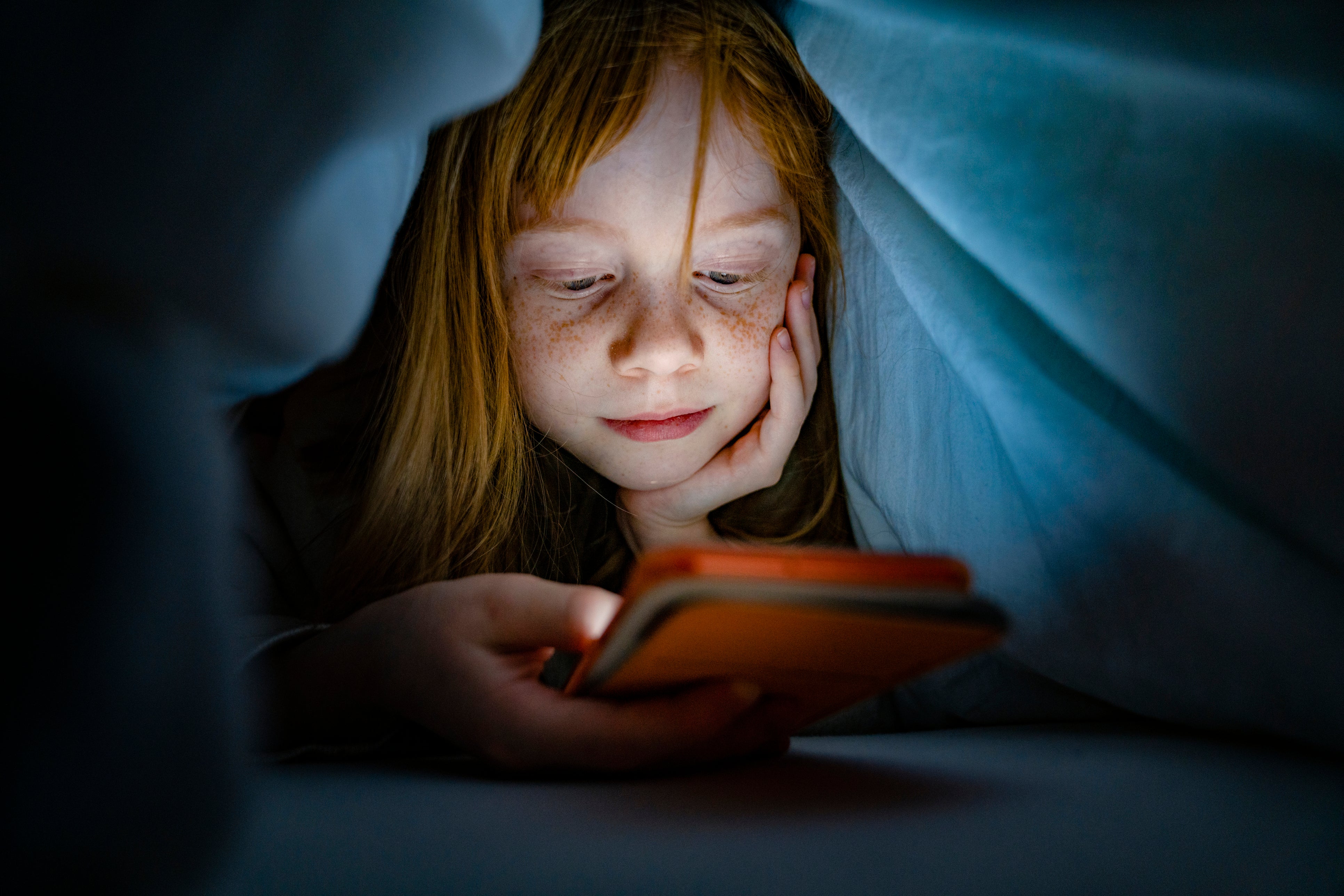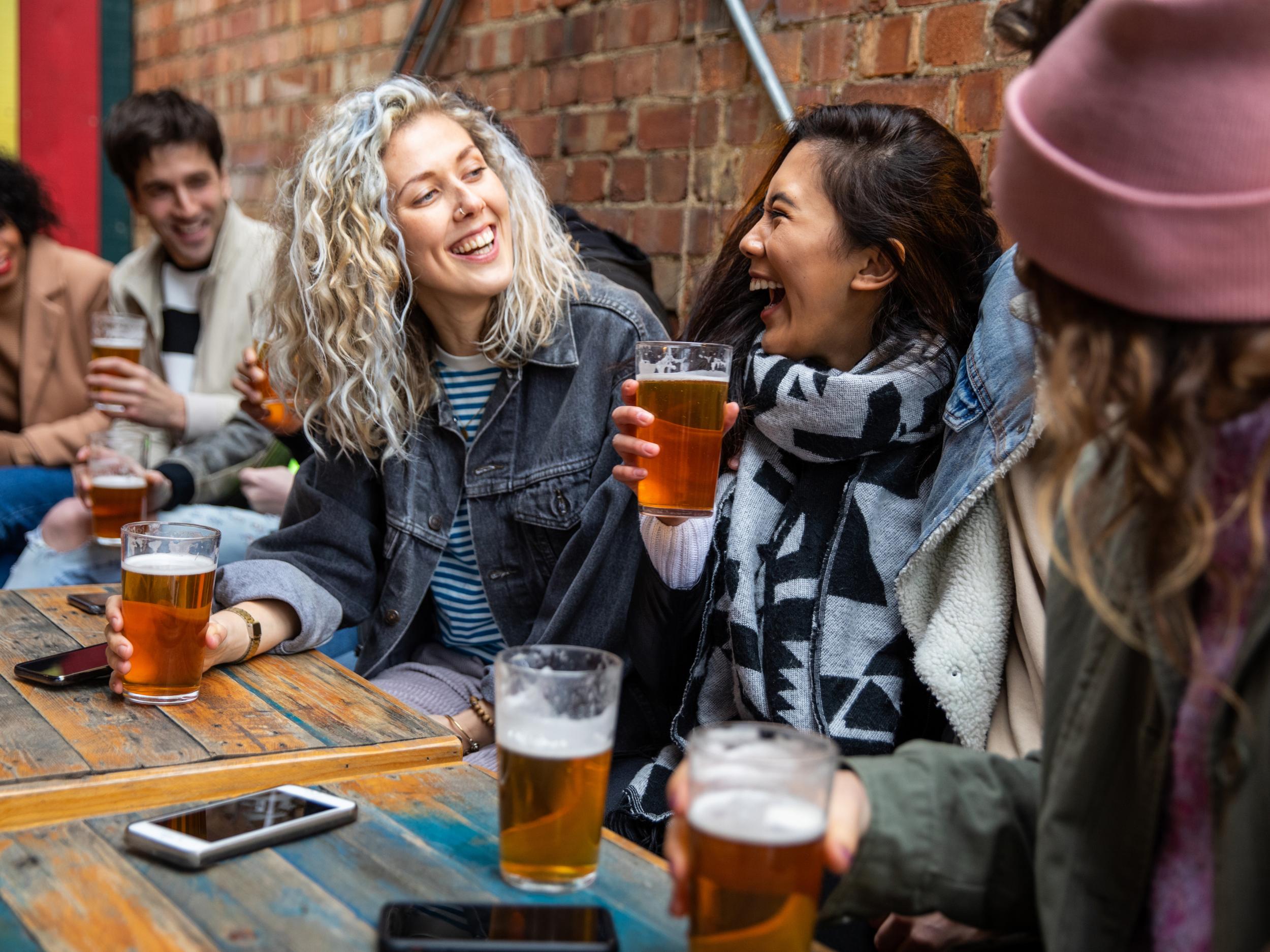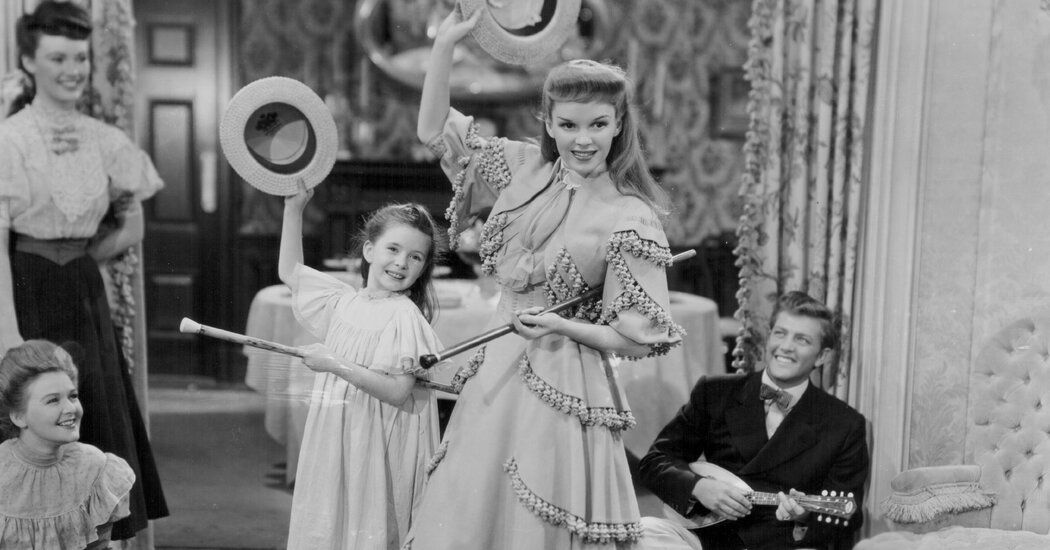
Why does everyone have social anxiety now – and do we all need to get a grip?
I want advice from people that aren’t afraid to go out by themselves, like I want to start going places alone like cafes and bookstores and whatever but anxiety says no. Please tell me how you do it if you do.”
This recent tweet clearly struck a chord, garnering more than 200,000 likes and 10,000 replies. Advice came thick and fast in the comments, written by people who had overcome their own demons when going about their business alone: “Take Airpods and a book”; “Start by going to a movie alone”; “Practise what you’re going to say if a stranger comes up and asks you what you’re doing”; and, my personal favourite, “Pretend everyone around you is just a Sim in a video game. NPCs. Filler people.”
A colleague shared the tweet with me with the words, “OMG, people need to get a grip”, and I initially had to fight a strong temptation to roll my eyes myself. But whether it provokes empathy or a “snowflake generation!” knee-jerk reaction in you, the virality of the original post is perhaps indicative of a fundamental truth: we are increasingly living in a world awash with social anxiety.
New research from the British Association for Counselling and Psychotherapy (BACP) reveals that social anxiety now affects over half of all Brits (54 per cent) and nearly three-quarters (72 per cent) of young people aged 16 to 24. Nearly two in three people say it has impacted their personal and professional lives.
Young people are the demographic most affected by social anxiety, which typically begins in adolescence or early adulthood; 90 per cent of new cases occur before the age of 23. And rates are on the up.
“We’ve seen a dramatic rise in the number of children and young people experiencing anxiety and other mental illnesses in recent years,” says Dr Elaine Lockhart, chair of the Royal College of Psychiatrists’ Child and Adolescent Faculty. “Mental health services are struggling to manage rising demand, and many children and young people are being placed on unacceptably long waiting lists.” Some 500 children a day in England are being referred to NHS mental health services for anxiety, more than double the rate prior to the Covid-19 pandemic, according to a Guardian report.
So why has anxiety rocketed among the next gen? Three major issues come up repeatedly when speaking to the experts. Perhaps unsurprisingly, devices attract a chunky proportion of the blame. A BrainWaves study on teen wellbeing, led by scientists at the University of Oxford and Swansea University and published last year, concluded that “high social media use is strongly linked to anxiety and depression”.
Meanwhile, a lawsuit filed in autumn 2024 by 13 states and Washington DC accused TikTok specifically of harming young users’ mental health. The suit claimed that TikTok’s own research had found a correlation between “compulsive usage” and “loss of analytical skills, memory formation, contextual thinking, conversational depth, empathy, and increased anxiety”.
Cognitive behavioural therapist Federico Ferrarese agrees that “the over-reliance on virtual interactions, particularly among younger generations, may be hindering the development of crucial social skills and exacerbating feelings of anxiety in real-world social situations.” It’s a vicious cycle: the more time we spend “socialising” online, the less we do it in person, and the more difficult and intimidating the idea of IRL interactions – ones where we have to react and respond on the spot rather than having time to compose a perfect sassy reply – becomes. A friend who works in a college tells me that students often message each other while sitting in the same room – because it feels safer and easier than having a conversation in person. And that’s before we get to the very rational fear that any embarrassing situation in the real word has the potential to be recorded, posted on social media and catalogued on the internet for all eternity…
In addition to screen time, psychologist Dr Carolyne Keenan cites a combination of external, wider world issues – economic and political uncertainty, the climate crisis, global conflicts – as being anxiety triggers, alongside UK pressures like the cost-of-living crisis, job insecurity and stretched public services.
And thirdly, as much as many adults would like to pretend it never happened, the pandemic really has had long-lasting and significant mental health impacts. Around one in three people feel more anxious in social situations since Covid, according to BACP data, rising to nearly one in two among young people. At a vital point in their social development, children and adolescents were literally told to avoid other people and stay at home. Extended periods of social isolation, uncertainty and disrupted routines during lockdowns created the perfect breeding ground for anxiety disorders.
Charlie Hartley, CEO BRIYM
This was certainly true for Cerys, a 25-year-old tattoo artist from Newcastle, who has been living with Social Anxiety Disorder (SAD)since she was 14. Covid lockdowns sent her social anxiety into overdrive: “I had just moved to a new city into a houseshare where I didn’t really know the people I was living with,” she says, “so that, combined with being cut off from my support system, I became extremely anxious and struggled to leave my bedroom most days.”
Cerys describes her social anxiety as “a pretty much constant feeling of dread over the smallest of interactions, like going to the Post Office or saying ‘Hi’ to your neighbour.” If she’s going through a particularly bad period, she experiences physical symptoms like shaking, being sick and an inability to eat for long periods.
It’s worth noting that feeling some anxiety around social situations is not the same as having SAD. According to the current Diagnostic and Statistical Manual of Mental Disorders (DSM-5), the criteria to diagnose SAD include: persistent fear of social situations where scrutiny or judgement may occur; fear of embarrassment or humiliation in social settings; avoidance of feared social situations or enduring them with intense anxiety; symptoms persisting for at least six months; and significant distress or impairment in daily functioning.
“Social anxiety is more than mere shyness,” says Professor David Baldwin, clinical adviser at charity Anxiety UK. “People who are shy are usually able to take part in social and performance situations when encouraged to do so: social anxiety is characterised by distressing and impairing anxiety symptoms (both psychological and physical), and by risks of subsequent depression, substance use and attempted suicide.”

There is concern in some quarters, though, that greater sensitivity around mental health – while an overwhelmingly positive thing – might mean young people don’t always know how to differentiate between natural nerves and a full-blown disorder. “It is a complex situation where both over-pathologising by young people and families and under-diagnosis by professionals are likely,” says Andrea Danese, a professor of child and adolescent psychiatry at King’s College London and Maudsley NHS Foundation Trust. “If adolescents believe that experiences of emotional distress are typically linked to a mental health problem, it is easy for them to misattribute feelings of anxiety in social situations to a social anxiety disorder.”
But it is equally important, he stresses, to consider that many adolescents with genuine SAD “never seek help from mental health services, and more work is needed to understand the barriers they face to receiving effective support.”
As well as external factors increasing anxiety, a potential decline in overall “resilience” could be exacerbating the issue. Defined as the ability to respond to stressful or unexpected situations (aided and abetted by a range of healthy coping strategies), it’s a quality that, research suggests, we may have lost in recent years.
According to the 2022 Programme for International Student Assessment (PISA), a survey conducted every three years that compares 15-year-olds around the world, UK students were above-average academically but scored incredibly poorly across a range of socio-emotional skills, including stress resistance and emotional control, plus below average for persistence.
Distress shouldn’t automatically be interpreted as a sign of mental ill-health or a clinical problem
Professor Andrea Danese
“I’m not sure our young people are resilient – and I think as a society, maybe we’re not being very resilient any more,” says Charlie Hartley, CEO of Building Resilience In Young Minds (BRIYM), which offers mental health support to organisations, schools, parents and children. Resilience building is not, she explains, about being able to do something. Rather, it’s the journey to be able to do something. “If we take the example of walking: when we’re one year old, we stand up, we probably fall down. We take one step, and then fall down. The resilient process is that bit in between – from where you started trying to walk to now, when you walk and don’t even think about it. You are resilient in the fact that you didn’t give up, you kept trying, you kept making small changes to improve until you could do it.”
Inevitably, the process involves getting it wrong and “falling over”, as it were, an awful lot – which is challenging when, as Hartley puts it, “we’re all terrified of failure”. Yet there’s no growth, learning or resilience-building without it.
A decline in emotional resilience arguably goes hand in hand with Gen Z being more risk-averse than previous generations. Studies have shown that the proportion of adolescents who smoke, drink, have sex or engage in other “risk” behaviours has declined markedly over the past 25 years, strongly linked to a decrease in face-to-face socialising. While on the surface it’s hardly a bad thing that today’s youngsters aren’t hammering bottles of White Lightning in the park so regularly, it also points to a culture of fear when it comes to making mistakes; feeling out of control; getting out of comfort zones; being vulnerable.
The truth is, we likely all need to intentionally bin the pursuit of a “frictionless” life and become more comfortable with being uncomfortable. “Distress shouldn’t automatically be interpreted as a sign of mental ill-health or a clinical problem,” explains Professor Danese. “It’s perfectly natural – and indeed necessary – for young people to encounter challenges and experience distress as part of their emotional development. It’s through navigating these experiences that adolescents learn essential coping strategies.”

These experiences gradually reinforce someone’s confidence in their ability to handle stress or adversity. Crucially, says Danese, they need to be proportionate to the young person’s ability to cope: “It’s not about throwing adolescents into the world and seeing what they can do; it’s about creating the right settings so that they can face reasonable challenges and grow strong.”
Hartley stresses the need for parents to stop trying to fix everything for their kids and start pushing them into “those more difficult conversations or situations so that they can understand they can do it”. She also emphasises the importance of educating young people about their stress responses and identifying how that feels in the body – when “danger” or discomfort triggers cortisol and adrenaline to start racing around the bloodstream, for example – plus teaching emotional regulation techniques like breathing exercises and mindfulness.
The BrainWaves research showed that three elements strongly correlated with better adolescent wellbeing and mental health: getting enough sleep, regular exercise and attending religious services.
For those already struggling with SAD, therapy, particularly Cognitive Behavioural Therapy (CBT) has proven effective for many. After having a nervous breakdown where she couldn’t leave the house in January, Cerys is in a “much better place” having started weekly therapy with a BACP therapist. “This has been the biggest step forward I have taken in getting control of my anxiety,” she says.
Snowflake generation? The more we hear about the cumulative effect of Covid restrictions, global crises and social media brain-rot that young people have been forced to endure, the more convinced I am that I’d struggle to cope with any of it myself. Telling adolescents to “get a grip” is hardly helpful – but perhaps we could start by encouraging them to try something new. Embarrass themselves. Do karaoke. Kiss someone. And, most importantly, make mistakes – because it’s not the falling down that matters in the long term, but the getting up and trying again.
If you have been affected by this article, you can contact the following organisations for support: mind.org.uk, nhs.uk/livewell/mentalhealth, mentalhealth.org.uk.










